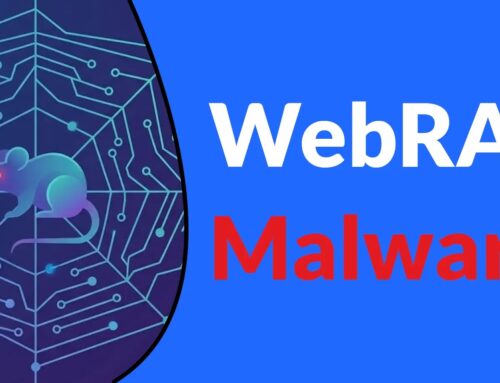
CISA Warns of PHPMailer Command Injection Vulnerability Exploited in Attacks
# Understanding the PHPMailer Command Injection Vulnerability: Risks and Solutions
## Introduction
In the digital age, security vulnerabilities have become a major concern for developers. One significant threat that has recently come to light is the PHPMailer command injection vulnerability. This blog post aims to provide you with a comprehensive understanding of this vulnerability, its implications, and how to respond effectively.
## Table of Contents
1. What is PHPMailer?
2. Overview of the Vulnerability
3. Implications of Command Injection Vulnerability
4. How to Identify if You’re Affected
5. Steps to Mitigate the Risk
6. Best Practices for Secure PHP Mail Handling
7. Conclusion
—
## 1. What is PHPMailer?
PHPMailer is a popular library for sending emails through PHP, widely used in web applications for its ease of integration and robust functionality. It simplifies the process of sending emails while offering advanced features such as SMTP support. However, like any other software, it is prone to security vulnerabilities.
**Key Takeaway:** PHPMailer is a vital tool for PHP developers, but its security flaws must be monitored.
—
## 2. Overview of the Vulnerability
Recently, a **command injection vulnerability** was discovered in PHPMailer, allowing attackers to execute arbitrary commands on servers that are using compromised versions. This vulnerability can be exploited via specially crafted email headers, posing a severe risk to web applications that rely on PHPMailer for sending emails.
**Key Takeaway:** A command injection vulnerability in PHPMailer can lead to severe security breaches if left unaddressed.
—
## 3. Implications of Command Injection Vulnerability
If exploited, this vulnerability can have dire consequences, including:
– **Data Breach:** Attackers can access sensitive data on the server.
– **Server Compromise:** The attacker may gain control over the server, leading to further exploitations.
– **Reputation Damage:** A successful attack can harm the reputation of the organization and erode customer trust.
**Key Takeaway:** The implications of command injection can severely affect not just technological infrastructure but also business integrity and customer trust.
—
## 4. How to Identify if You’re Affected
To determine if your application is at risk:
1. **Check Your PHPMailer Version:** Make sure you’re using the latest version, as previous versions are vulnerable.
2. **Inspect Email Handling Code:** Review how your application constructs email headers—improper configurations can lead to exploitation.
3. **Run Security Audits:** Regularly audit your applications for vulnerabilities, including the use of automated security scanning tools.
**Key Takeaway:** Regular assessments and staying updated are crucial in identifying vulnerability risks.
—
## 5. Steps to Mitigate the Risk
1. **Update PHPMailer:** Always ensure you are using the latest release of PHPMailer, as updates often include security patches.
2. **Sanitize Input:** Validate and sanitize all user inputs to avoid injection risks—especially in email address fields.
3. **Limit Command Execution:** Configure your server settings to minimize the risk of command execution from unauthorized sources.
**Key Takeaway:** Proactive measures are essential in safeguarding your applications from vulnerabilities like command injection.
—
## 6. Best Practices for Secure PHP Mail Handling
To enhance the security of your email handling capabilities:
– **Use Secure Configuration:** Always enable SMTP authentication and use SSL/TLS to secure email transmissions.
– **Limit Email Headers:** Restrict the use of custom or complex headers in emails to reduce attack surfaces.
– **Monitor Logs:** Regularly check server logs for unusual activities that could indicate an attempted attack.
**Key Takeaway:** Implementing best practices for email handling can significantly reduce vulnerability exposure.
—
## 7. Conclusion
The PHPMailer command injection vulnerability serves as a reminder of the importance of security in web application development. By staying informed about vulnerabilities, regularly updating software, and implementing best practices, developers can safeguard their applications against emerging threats.
**Final Takeaway:** Vigilance and proactive security measures are key to protecting your applications and user data from vulnerabilities such as the PHPMailer command injection.
—
## Engage with Us!
Have you encountered the PHPMailer vulnerability? Share your experiences or questions in the comments below! Stay informed and subscribe to our blog for updates on the latest cybersecurity threats and solutions.
—
Ensuring your blog is SEO-friendly involves strategically incorporating relevant keywords (such as “PHPMailer,” “command injection vulnerability,” “PHP security,” etc.) throughout the text, in headings, and in meta descriptions. Additionally, engaging your target audience with a conversational tone and providing actionable takeaways will enhance the blog’s appeal and relevance to readers.





